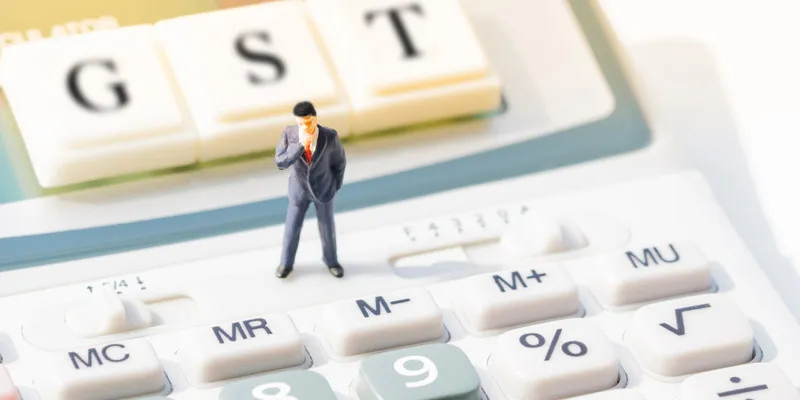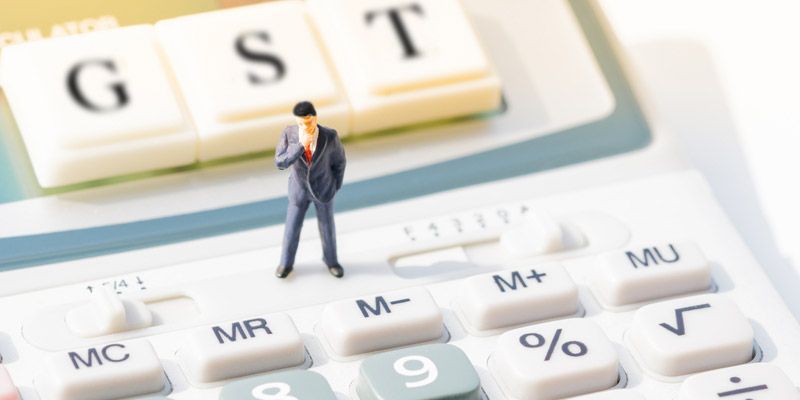Will the Goods and Service Tax help India start up?
The ‘Startup India campaign’ was launched by Prime Minister Narendra Modi in 2015 and has been supported with a three-year income tax holiday in the first seven years of business and a slew of income tax and other concessions.

At the stroke of midnight on July 1, 2017, India stepped into a comprehensive Goods and Services Tax (GST) regime. The now 50-plus days young law has brought to an end India’s multifarious and complex indirect taxes regime, as it subsumes nearly all central and state indirect tax levies barring Basic Customs Duty on imports and exports and Central excise duty on petroleum products.
Stamp duty and electricity have not been brought within the GST ambit, and will continue in the same manner these were applied prior to July 1, 2017.
The ideology was emphasised repeatedly and laws drafted on the premise that concessions and exemptions will be a matter of the past, and such concepts are alien to the GST regime India embraced.
Not surprisingly even while there are no specific concessions for startups under the GST regime, this article discusses various touch-points under the new law, including key compliance aspects and contrasts it with the erstwhile indirect taxes regime.
One significant advantage of India’s GST regime is the transparent taxation system, where compliance procedures will be electronic and online - on the Goods and Services Tax Network (GSTN) portal - including processes of registration, tax payment, return filings, and refund claims. This is a marked change from the erstwhile indirect taxes regime and reinforces ‘Digital India’, which is the Prime Minister’s other pet project for India’s growth and development.
TDS / TCS
E-commerce operators will have to deduct 1 per cent TCS (tax collected at source) while making payments to suppliers. For now, these provisions have not been implemented and so have been delayed till notified.
Registration
Apart from persons registered under the erstwhile regime, Section 22 of the Central Goods and Services Tax Act, 2017 (“CGST Act”) mandates registration for all suppliers of goods and/or services whose annual turnover exceeds Rs 20 lakh and Rs 10 lakh for those in North Eastern States (specified under Article 297A of the Constitution of India) respectively. Irrespective of the turnover of the business, registration is compulsory (under Section 24 of the CGST Act) amongst others in case of persons making inter-state supplies, persons liable to pay under reverse charge, person liable to deduct tax at source, persons making supply on behalf of other taxable persons and e-commerce operators. It is noteworthy that separate registration is mandated in each State of operation of the business. Of course, those units that were registered under any of the erstwhile indirect tax laws were automatically rolled over as registered for GST (certain procedural steps were prescribed to be undertaken).
Certainly adding to the ease of the procedure is that registration is to be obtained through online mode on the GSTN portal by filing forms and uploading the required documents. Even so some teething troubles were faced including glitches concerning invalid provisional IDs being generated, problems with OTPs, etc.
Startups may enjoy some respite with regards to States’ VAT and Service Tax thresholds, manufacturing startups which were previously required to register under Central Excise law at the threshold of Rs 1.5 crore will now be liable to register with a turnover of Rs 20 lakh in a financial year. It is necessary that startups monitor this threshold in their business so as to ensure compliance with the GST law.
Input Tax Credit
Input tax credit (ITC) is the soul of GST and is fundamental to avoid cascading impact of taxes (i.e. tax on tax), and thereby prove inflationary.
The GST regime has been set rolling and credit would flow seamlessly through the entire supply chain as all taxes paid on inputs would be available as credit thus, reducing tax costs. There are some restrictions that have been prescribed regarding eligibility and availing of ITC and startups must monitor these to avoid incorrect claims by them. The process for claim of ITC will be based on an auto-populate system in the electronic credit ledger of the startups, and streamline the credit taking process generally.
Returns
Under the GST regime, return filing obligations are monthly (as also one annual one) yet is completely electronic and online, which will facilitate the compliance and speedy processing of refund claims. The returns require information of invoicing and matching of such information (between buyer/recipient and suppliers), information relating to ITC and its reversal.
Different forms and periodicity have been prescribed for composition scheme, non-resident taxable persons, persons liable to deduct or collect tax (TDS/ TCS), Input Service Distributors (ISDs), persons who are granted Unique Identification Number, etc.
The key returns to be filed under the GST regime and the timeline for the same are tabulated hereunder:
Compliance in the GST regime will be frequent and as regular as one a month. The start-ups may opt to undertake this process by themselves or seek the assist of GSP / ASP which are essentially conduits (with some value added services) between the GSTN on one end and the start-ups IT systems at the other end.
Conclusion
There are various advantages and benefits that the Indian GST regime is touted to achieve for India, including, for example, the additional kilometres a truck can on an average traverse due to easing of bottlenecks. Startups, as also other businesses, are likely to gain under this game-changer tax regime and should adopt all measures to reap these advantages and benefits.






